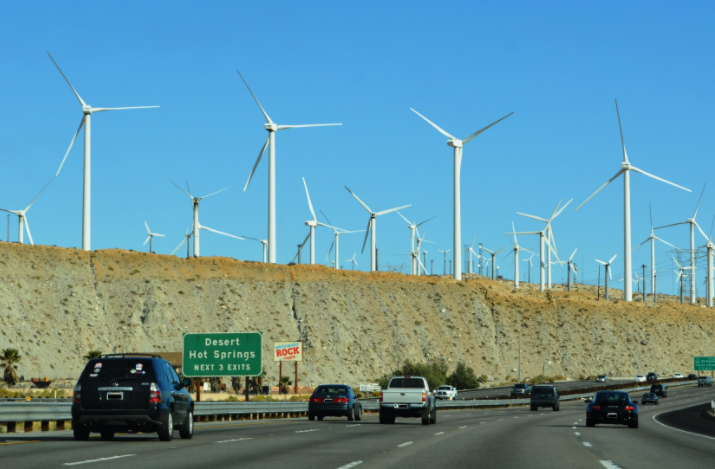Battery storage could save the US $4 billion by 2025
The Energy Storage Association (ESA) has published a new report where it argues that building 35 gigawatts (GW) of new energy storage by 2025 could save the US more than $4 billion.

The Energy Storage Association (ESA) has published a new report where it argues that building 35 gigawatts (GW) of new energy storage by 2025 could save the US more than $4 billion.
The “35X25: A Vision for Energy Storage” report, in collaboration with Navigant Research, outlines a clear pathway for the US to achieve the 35 GW goal, although it states that the implementation will require “fundamental changes in how the grid is planned and engineered, including a reform of US energy markets and regulations”.
Cost savings will come mainly from technical developments, such as transmission and distribution asset optimisation, frequency regulations, ‘spinning reserve’ services.
The report also stresses that the 35GW vision would enable the creation of 167,000 new jobs by 2025.
ESA’s pathway estimates that Hawaii and the US Southwest, including California will account for 34 percent of all new installations, followed by the US Northeast at 18 percent and the US Southeast at 19 percent.
Since 2012, California has dominated the field of battery storage, driven mainly by the state government’s highly ambitious renewable energy goals and high energy prices.
In Hawaii and the Southwest, there are currently more than 4.2GW of non-hydro storage projects either developed or in the pipeline.
Of that total, 2,300MW is compressed air and 454MW is molten salt/thermal storage for concentrated solar power projects.
Throughout 2017, the US has added 0,5GW of new battery storage, including both behind-themeter (BHM) and front-of-meter (FTM) applications.
In the 35GW plan, ESA believes that 30GW will come from grid operators and energy companies, whereas only 5GW will come from the customer side.
The report urges legislators, regulators and utilities to contribute to the establishment of a pathway that builds a disruption-proof energy system which not only offers great opportunities and cost savings, but also enables the incorporation of renewable energy technologies and facilitates the energy transition.
This August, the National Renewable Energy Laboratory (NREL) in partnership with Clean Energy Group (CEG) found that more than 15 percent of all US commercial customers could reduce their energy bills through the use of onsite battery storage.
The "Identifying Potential Markets for Behind-the-Meter Battery Energy Storage: A Survey of U.S. Demand Charges" white paper found that the most promising market opportunities are located outside of the “first-mover” states, such as California and New York.
Upcoming markets include Georgia, Kentucky, West Virginia, Alabama, Michigan, Iowa, New Mexico and Texas.
The Energy Storage Association is the national trade association for the energy storage industry. To access the full “35X25: A Vision for Energy Storage” report click here.
To access the "Identifying Potential Markets for Behind-the-Meter Battery Energy Storage: A Survey of U.S. Demand Charges" white paper click here.


